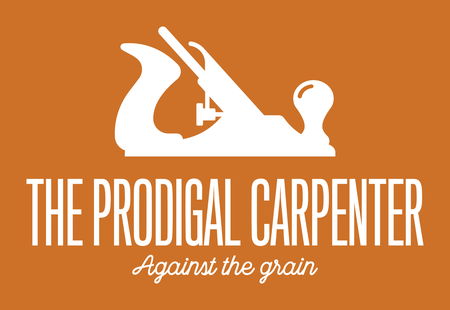Ok, we've talked about some basics for planning a shop so it’s time to have some fun. To a woodworker there is nothing more satisfying than building or creating things. A workbench is the perfect place to start as it’s simple and essential!
The workbench is a must to our shop but it also needs to be personalized. I’m 6’2” so I want a bench that fits my height so I made mine 40” high. This left me plenty of space underneath to put a full size, stable shelf and further room under the shelf for more storage.
My benchtop is 3’ X 5’ as I wanted a large enough work area that fit the space I had available. The last thing to consider is whether you want your bench stationary or mobile. Since I have 2 primary work areas, I made one long workbench at the back of my shop stationary, but my primary work bench is mobile (placed on locking caster wheels).
-
Benchtop: made of plywood, I use ¾” for it’s stability.
-
Upright corner supports: I had some extra 4 x 4’s so I used them for my 4 vertical corner supports. 2 x 4’s would work fine.
-
Rectangle frame: 2 are needed, one to support your bench top, the other to support your shelf (2 x 4 studs work well - see photo).

Here’s a few tips to keep in mind:
Begin with the end in mind. I wanted a 40” bench so I started with that figure then subtracted ¾” for my plywood top and 2 ¼” for my caster wheels. Simple math tells me I needed 37” upright supports for my 4 corners.
Also, my 3’ x 5’ bench top leaves enough plywood left over to make my bottom shelf. Zero waste makes for a happy carpenter!
Leave at least a 3” lip (overhang) on your bench top. You’ll want this room later if you attach a vice or if you’re clamping boards to your bench.
TIP OF THE DAY: Your local Big Box stores have "MacDaddy" saws so if you don’t want to cut your own plywood have them cut it for you. My BB stores offer 2 free cuts with your purchase so this not only guarantees accuracy it also makes transporting your wood home much easier.
Next up: Electricity



Leave a comment